Home>Gardening & Outdoor>Landscaping Ideas>When To Apply Grass Killer
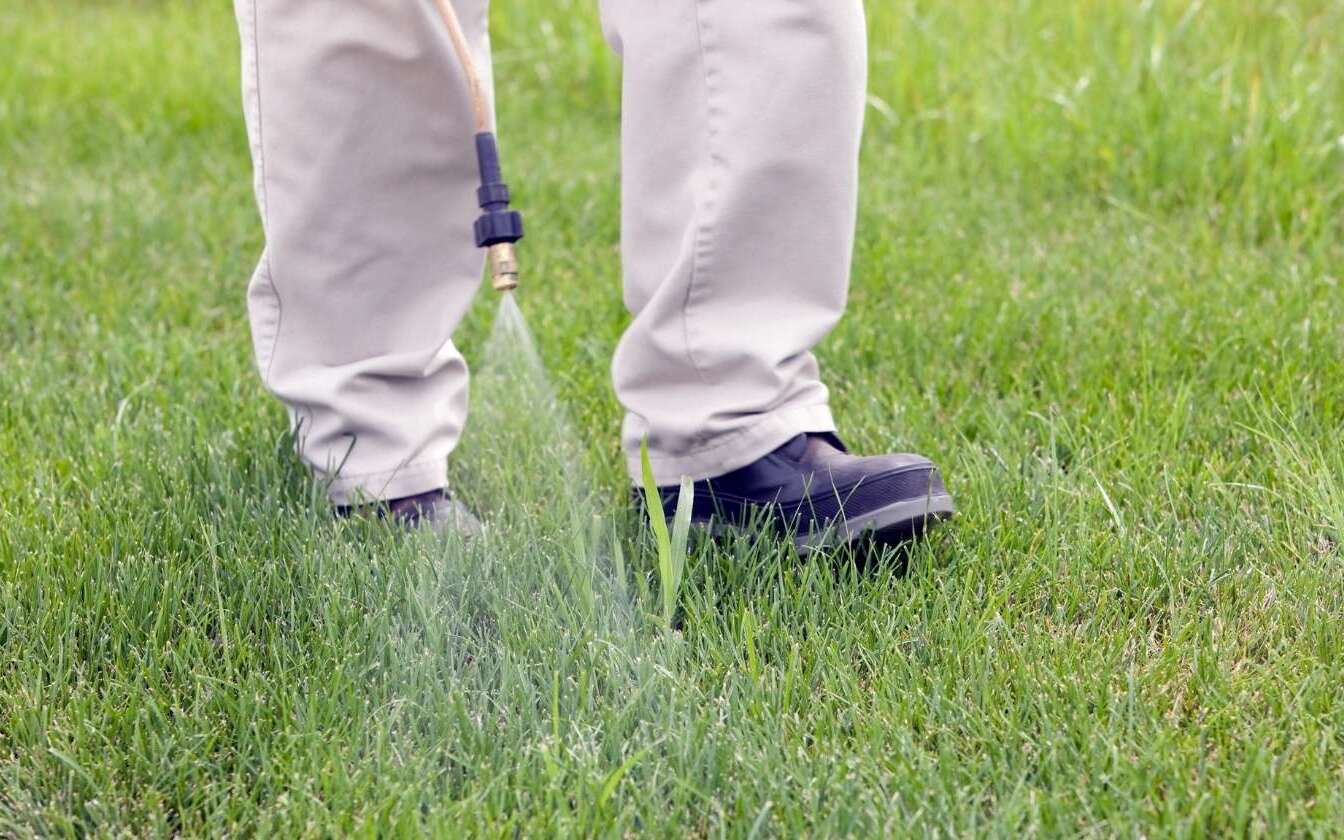

Landscaping Ideas
When To Apply Grass Killer
Modified: August 16, 2024
Learn when to apply grass killer for effective landscaping ideas. Find the best timing and methods for successful weed control in your yard.
(Many of the links in this article redirect to a specific reviewed product. Your purchase of these products through affiliate links helps to generate commission for Storables.com, at no extra cost. Learn more)
Introduction
When it comes to maintaining a lush and vibrant landscape, the battle against unwanted grass and weeds can be a constant struggle. Whether you're aiming to create a pristine garden bed, a manicured lawn, or a well-defined pathway, the presence of invasive grass can detract from the overall aesthetic and hinder the growth of desired plants. This is where grass killer, also known as herbicide, becomes an invaluable tool in the arsenal of any landscaping enthusiast.
Grass killer is a specialized product designed to target and eliminate unwanted grass and weeds, allowing you to regain control over your outdoor spaces. By understanding the nuances of grass killer application, including the best timing and proper techniques, you can effectively manage the growth of undesirable vegetation while nurturing the beauty of your landscape.
In this comprehensive guide, we will delve into the intricacies of grass killer application, exploring the optimal timing for its use, the factors to consider before application, and the best practices for achieving successful results. Whether you're a seasoned gardener or a novice enthusiast, this article will equip you with the knowledge and insights needed to make informed decisions about when and how to apply grass killer in your outdoor spaces. Let's embark on this journey to unlock the secrets of effective grass management and cultivate a landscape that flourishes with vitality and beauty.
Key Takeaways:
- Timing is crucial when applying grass killer. Early growth stages and warm weather are optimal. Consider plant life cycle and environmental conditions for effective and responsible use.
- Before applying grass killer, consider the type of unwanted vegetation, surrounding plant life, environmental factors, application techniques, and regulatory compliance. Thoughtful evaluation ensures effective and responsible vegetation management.
Read more: When To Apply Fertilizer To Grass
Understanding Grass Killer
Grass killer, commonly referred to as herbicide, is a specialized product designed to control and eliminate unwanted grass and weeds in outdoor spaces. It contains active ingredients that target specific plant species, disrupting their growth and ultimately leading to their demise. There are various types of grass killers available, each tailored to address different types of unwanted vegetation, including broadleaf weeds, grassy weeds, and sedges.
The active ingredients in grass killer products work by interfering with essential biological processes within the targeted plants. These processes may include photosynthesis, cell division, or protein synthesis, leading to the gradual deterioration of the plant's health and vitality. As a result, the unwanted grass and weeds wilt, turn brown, and eventually perish, allowing the desired plants to thrive without competition for essential resources such as water, nutrients, and sunlight.
It's important to note that different types of grass killers may have varying modes of action. Selective herbicides target specific types of plants while minimizing harm to desirable vegetation, making them ideal for maintaining lawns and ornamental landscapes. Non-selective herbicides, on the other hand, are effective against a broad spectrum of plant species and are commonly used in areas where complete vegetation control is necessary, such as driveways, sidewalks, and gravel pathways.
When selecting a grass killer, it's crucial to consider factors such as the type of unwanted vegetation present, the surrounding plant life, and the intended use of the treated area. Understanding the specific characteristics and requirements of the grass killer you choose is essential for achieving effective and targeted results while minimizing the impact on the overall ecosystem.
By gaining a deeper understanding of how grass killer works and its potential effects on the environment, you can make informed decisions about its application, ensuring that your landscaping efforts align with both your aesthetic goals and environmental stewardship. With this knowledge in hand, you'll be better equipped to navigate the complexities of grass management and cultivate outdoor spaces that reflect your vision of natural beauty and harmony.
Best Time to Apply Grass Killer
The timing of grass killer application plays a pivotal role in its effectiveness, ensuring that the targeted vegetation is most susceptible to the herbicidal treatment. Understanding the best time to apply grass killer involves considering factors such as the growth stage of the unwanted grass and weeds, weather conditions, and the overall health of the surrounding plants.
Early Growth Stage:
Applying grass killer during the early growth stages of unwanted vegetation can yield optimal results. At this stage, the plants are actively absorbing nutrients and are more vulnerable to the herbicidal effects. By targeting them early, you can prevent further spread and minimize the effort required for eradication.
Warm Weather:
In most regions, the spring and early summer months provide favorable conditions for applying grass killer. During this time, the warm temperatures stimulate active growth in unwanted grass and weeds, making them highly receptive to herbicidal treatments. Additionally, the longer daylight hours and increased metabolic activity in plants enhance the uptake and translocation of the herbicide, maximizing its impact.
Read more: When To Apply Crabgrass Preemergent
Avoiding Extreme Conditions:
While warm weather is conducive to grass killer application, it's important to avoid extreme weather conditions such as high humidity, heavy rainfall, or drought. Excessive moisture can dilute the herbicide, reducing its efficacy, while drought-stressed plants may not effectively absorb the treatment. Therefore, aiming for a period of moderate weather conditions can optimize the herbicidal effects.
Consideration of Plant Life Cycle:
Understanding the life cycle of the unwanted grass and weeds is crucial for determining the best time for application. For perennial grasses and weeds, targeting them in the late summer or early fall, when they are preparing for winter dormancy, can deliver long-lasting control. Annual grasses and weeds, on the other hand, are best addressed in the spring when they are actively growing and competing with desirable plants.
By aligning the application of grass killer with the growth patterns and environmental conditions, you can harness its full potential to manage unwanted vegetation effectively. This strategic approach not only maximizes the impact of the herbicidal treatment but also minimizes the risk of unintended harm to desirable plants, fostering a balanced and thriving landscape.
Incorporating the knowledge of the best time to apply grass killer into your landscaping endeavors empowers you to take proactive steps in maintaining the health and beauty of your outdoor spaces. With a keen understanding of the seasonal dynamics and plant behavior, you can wield the power of grass killer with precision, shaping your landscape into a flourishing testament to thoughtful stewardship and natural harmony.
Factors to Consider Before Applying Grass Killer
Before embarking on the application of grass killer in your outdoor spaces, it is essential to carefully evaluate several key factors to ensure the efficacy of the treatment and minimize any potential adverse effects. By considering these critical elements, you can make informed decisions that align with your landscaping goals and environmental stewardship.
Type of Unwanted Vegetation:
Identifying the specific types of unwanted grass and weeds present in your landscape is paramount. Different herbicides are formulated to target distinct plant species, so understanding the composition of the vegetation you intend to control is crucial. By accurately identifying the unwanted plants, you can select a grass killer that effectively addresses their unique characteristics while preserving the health of desirable vegetation.
Read more: When To Apply Fungicide To Bermuda Grass
Surrounding Plant Life:
Assessing the proximity of desirable plants to the targeted unwanted vegetation is essential. Selective herbicides are designed to minimize harm to specific types of plants, but it is important to exercise caution when applying them near ornamental flowers, shrubs, or trees. Understanding the potential impact of the grass killer on surrounding plant life enables you to implement protective measures and choose products that offer targeted control without compromising the overall landscape.
Environmental Considerations:
Taking into account the environmental conditions at the time of application is critical for ensuring the optimal performance of the grass killer. Factors such as temperature, humidity, and wind speed can influence the effectiveness of the herbicidal treatment. Additionally, considering the proximity of water bodies and the potential for herbicide runoff is essential for preventing unintended environmental contamination. By evaluating these environmental factors, you can apply grass killer in a manner that minimizes risks to the ecosystem and promotes responsible landscaping practices.
Application Techniques:
Understanding the proper application techniques for the chosen grass killer is fundamental to achieving successful results. Whether using spray applications, granular formulations, or spot treatments, following the manufacturer's guidelines and best practices is essential. Proper calibration of equipment, adherence to recommended application rates, and attention to uniform coverage are key considerations that contribute to the overall effectiveness of the herbicidal treatment.
Regulatory Compliance:
Before applying grass killer, it is imperative to familiarize yourself with local regulations and guidelines pertaining to herbicide use. Some regions may have specific restrictions on certain herbicidal ingredients or application practices. By staying informed about regulatory requirements, you can ensure compliance with applicable laws and contribute to the responsible and lawful use of grass killer in your landscaping endeavors.
By carefully evaluating these factors before applying grass killer, you can approach vegetation management with a well-informed and conscientious mindset. This thoughtful consideration not only enhances the effectiveness of the herbicidal treatment but also fosters a landscape that thrives in harmony with its natural surroundings.
Read more: When To Use Weed Killer On New Grass
How to Apply Grass Killer
Applying grass killer effectively involves a systematic approach that maximizes its impact on unwanted vegetation while safeguarding the overall health of your landscape. By following best practices and employing proper techniques, you can achieve targeted control of grass and weeds, creating an environment where desired plants can flourish unhindered.
Step 1: Preparation
Before applying grass killer, carefully read and understand the product label instructions. Ensure that you have the appropriate protective gear, such as gloves, goggles, and long-sleeved clothing, to minimize exposure to the herbicide. Additionally, inspect the weather forecast to identify a suitable window of time for application, avoiding periods of high wind, rain, or extreme temperatures.
Step 2: Equipment Selection
Select the appropriate application equipment based on the size and nature of the treatment area. For larger areas, a backpack sprayer or pump sprayer may be suitable, while handheld sprayers or trigger sprayers are ideal for spot treatments. Ensure that the equipment is clean and properly calibrated to deliver the herbicide at the recommended application rate.
Step 3: Mixing the Herbicide
If using a concentrated grass killer, carefully measure and mix the herbicide with water according to the manufacturer's instructions. Use a dedicated container for mixing and avoid using kitchen utensils or containers that may come into contact with food or drink. Thoroughly agitate the mixture to achieve a uniform solution before proceeding with application.
Read more: When To Apply Winter Fertilizer
Step 4: Application Technique
Apply the grass killer evenly and precisely, ensuring thorough coverage of the targeted vegetation while minimizing contact with desirable plants. For broad areas, use a consistent sweeping motion to apply the herbicide, overlapping each pass to prevent gaps in coverage. When targeting specific weeds in ornamental beds or lawns, employ a controlled spot treatment approach to minimize herbicide drift and off-target contact.
Step 5: Post-Application Care
After applying the grass killer, allow sufficient time for the herbicide to take effect before watering the treated area, if necessary. Monitor the treated area for signs of wilting and browning in the targeted vegetation, indicating the herbicidal action. Exercise caution to prevent pets, children, or wildlife from accessing the treated area until the herbicide has dried or absorbed into the soil, as per the product label instructions.
By following these steps and adhering to the recommended guidelines, you can apply grass killer with precision and care, achieving effective control of unwanted grass and weeds while promoting the vitality of your landscape. This conscientious approach to herbicide application contributes to a harmonious and thriving outdoor environment, where the beauty of your landscape can flourish without the encumbrance of invasive vegetation.
Conclusion
In the realm of landscaping and outdoor maintenance, the strategic application of grass killer emerges as a valuable tool for sculpting and preserving the natural beauty of our outdoor spaces. As we conclude this exploration of grass killer application, it becomes evident that a nuanced understanding of timing, environmental considerations, and best practices is essential for achieving effective and responsible vegetation management.
By embracing the knowledge of the best time to apply grass killer, we empower ourselves to synchronize the herbicidal treatment with the growth patterns of unwanted grass and weeds, harnessing the full potential of the product while minimizing the impact on desirable plants. This strategic alignment with nature's rhythms allows us to cultivate landscapes that thrive in harmony with the seasonal dynamics, embodying a balance of control and natural vitality.
Furthermore, the careful consideration of factors such as the type of unwanted vegetation, surrounding plant life, and environmental conditions serves as a compass guiding our herbicidal endeavors. By evaluating these critical elements, we navigate the complexities of vegetation management with prudence and foresight, ensuring that our actions resonate with the principles of environmental stewardship and sustainable landscaping practices.
As we delve into the practical aspects of grass killer application, from meticulous preparation and equipment selection to precise application techniques, we embrace a conscientious approach that transcends mere weed control. This deliberate and methodical application of herbicide reflects our commitment to nurturing landscapes that flourish with health and vibrancy, where the delicate balance between control and preservation is delicately upheld.
In essence, the journey of applying grass killer transcends the realm of mere eradication; it embodies a narrative of thoughtful curation and responsible custodianship of our outdoor sanctuaries. By integrating the knowledge and insights gleaned from this guide into our landscaping endeavors, we embark on a path where the beauty of our outdoor spaces flourishes in unison with the rhythms of nature, unfettered by the encroachment of invasive vegetation.
In the tapestry of landscape management, the judicious application of grass killer becomes a brushstroke that harmonizes with the canvas of nature, allowing the vibrant hues of our desired plants to shine forth unhindered. As we navigate this landscape of possibilities, let us tread with reverence, guided by the wisdom of informed decisions and the aspiration to cultivate outdoor spaces that resonate with vitality, balance, and enduring beauty.
Frequently Asked Questions about When To Apply Grass Killer
Was this page helpful?
At Storables.com, we guarantee accurate and reliable information. Our content, validated by Expert Board Contributors, is crafted following stringent Editorial Policies. We're committed to providing you with well-researched, expert-backed insights for all your informational needs.
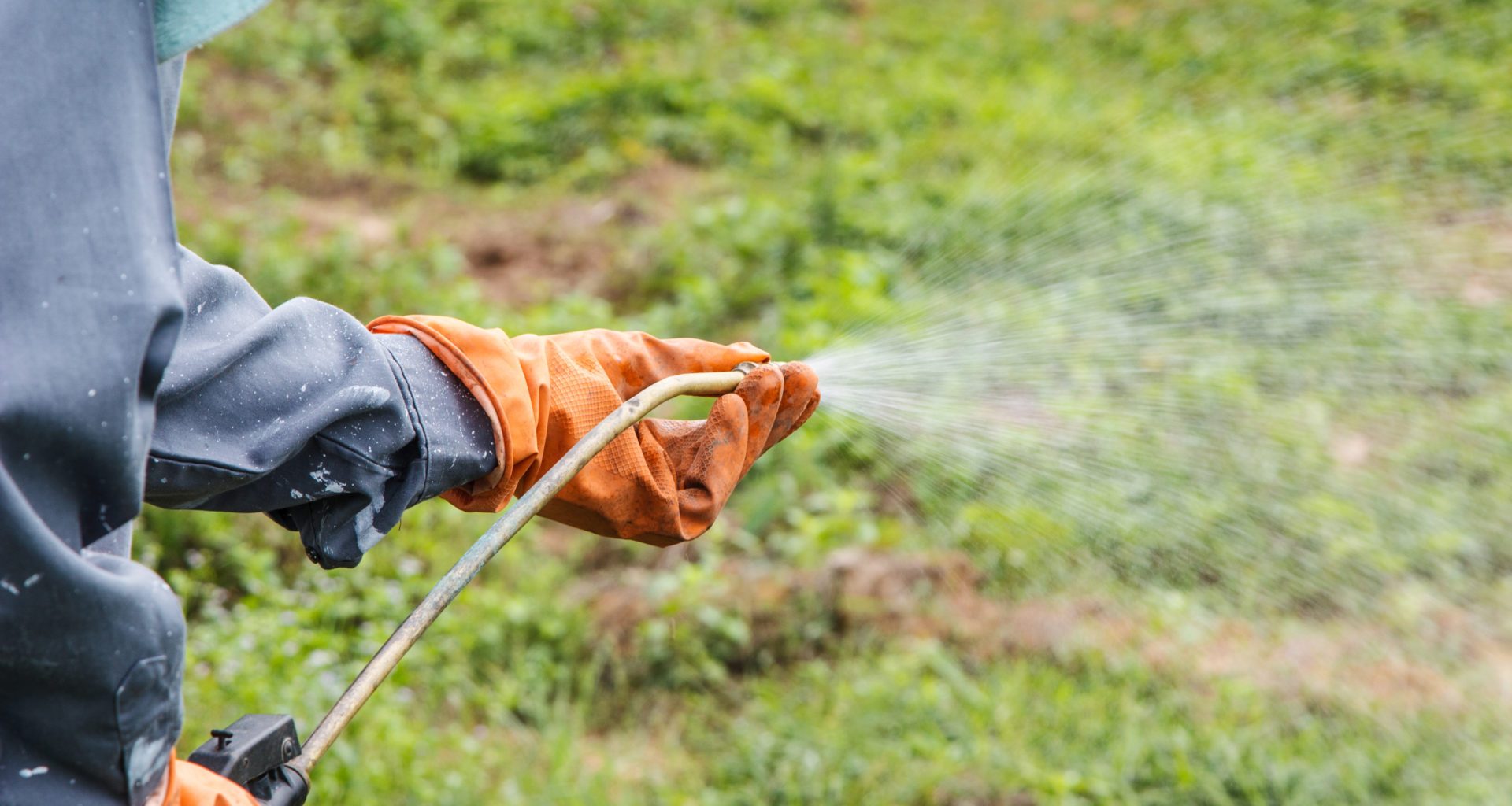

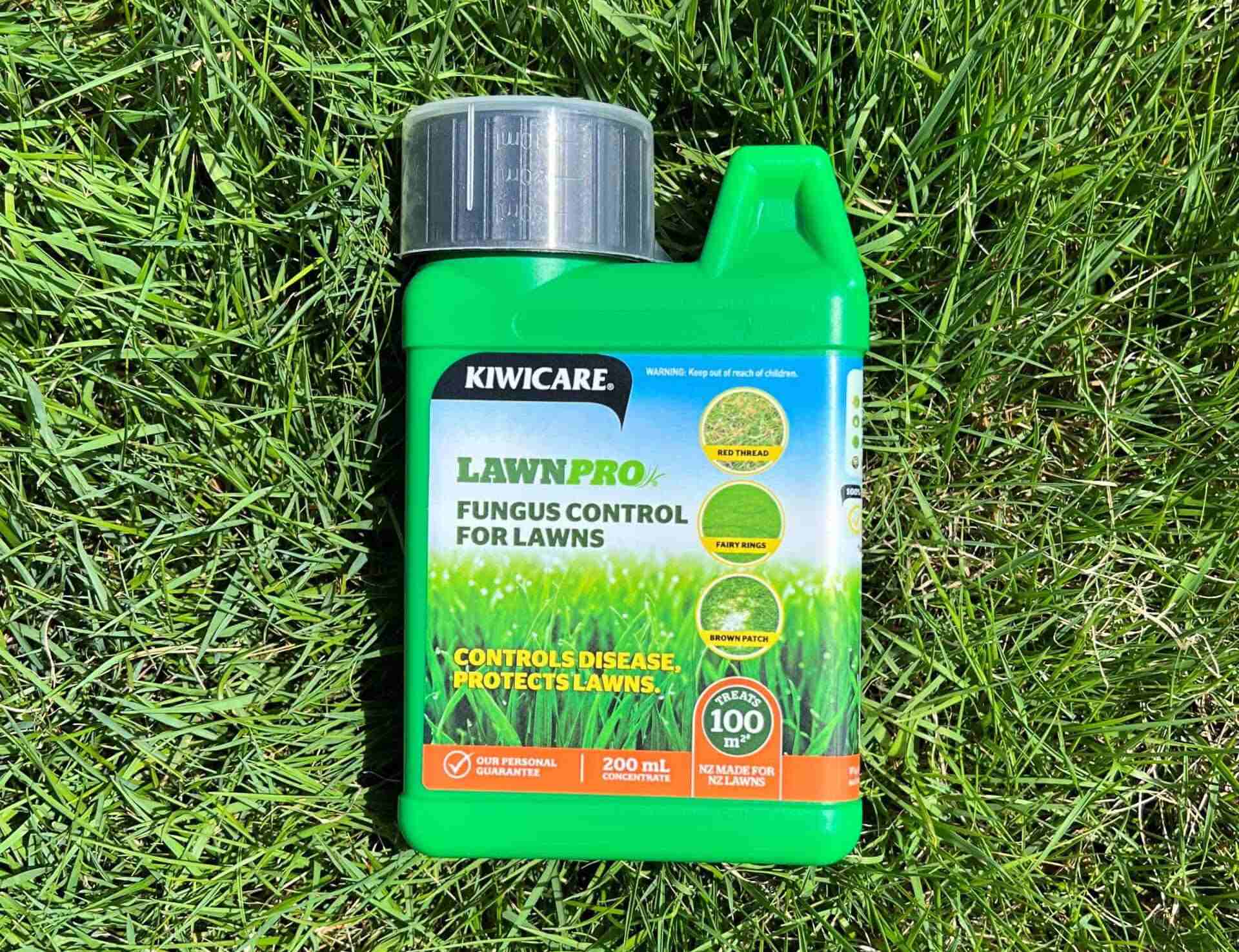
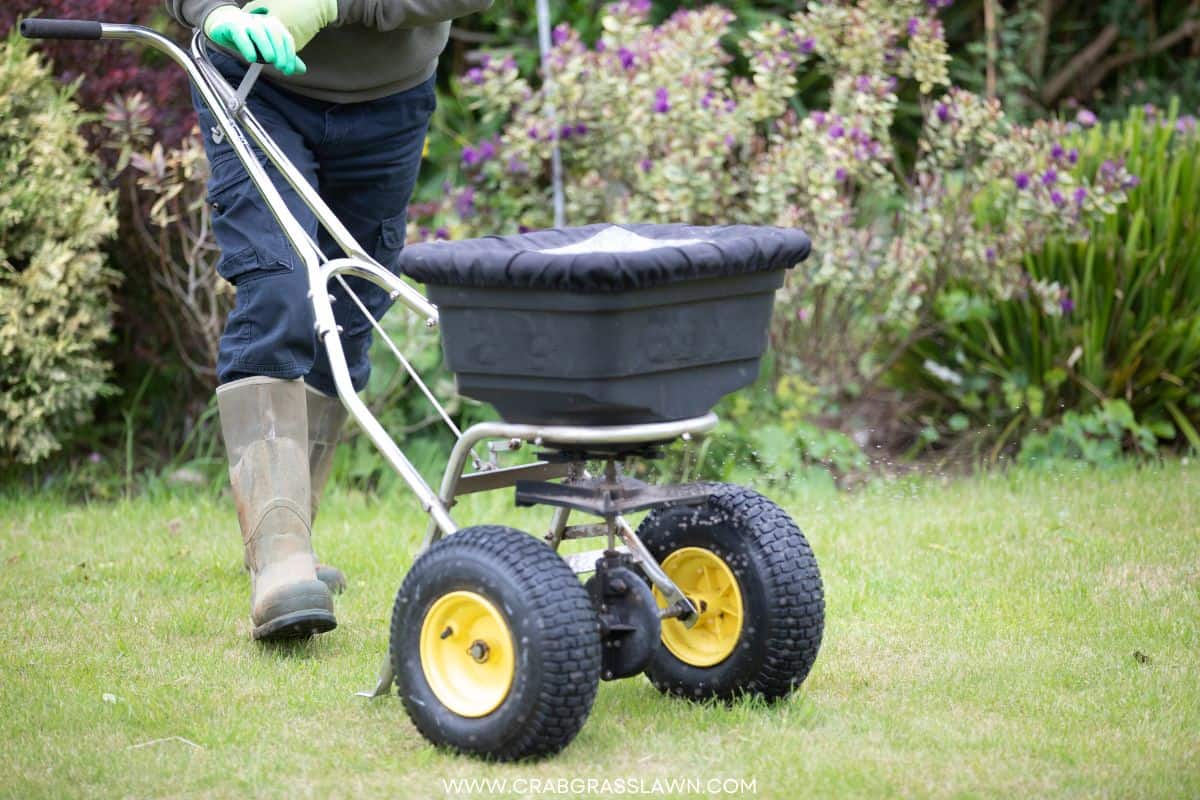
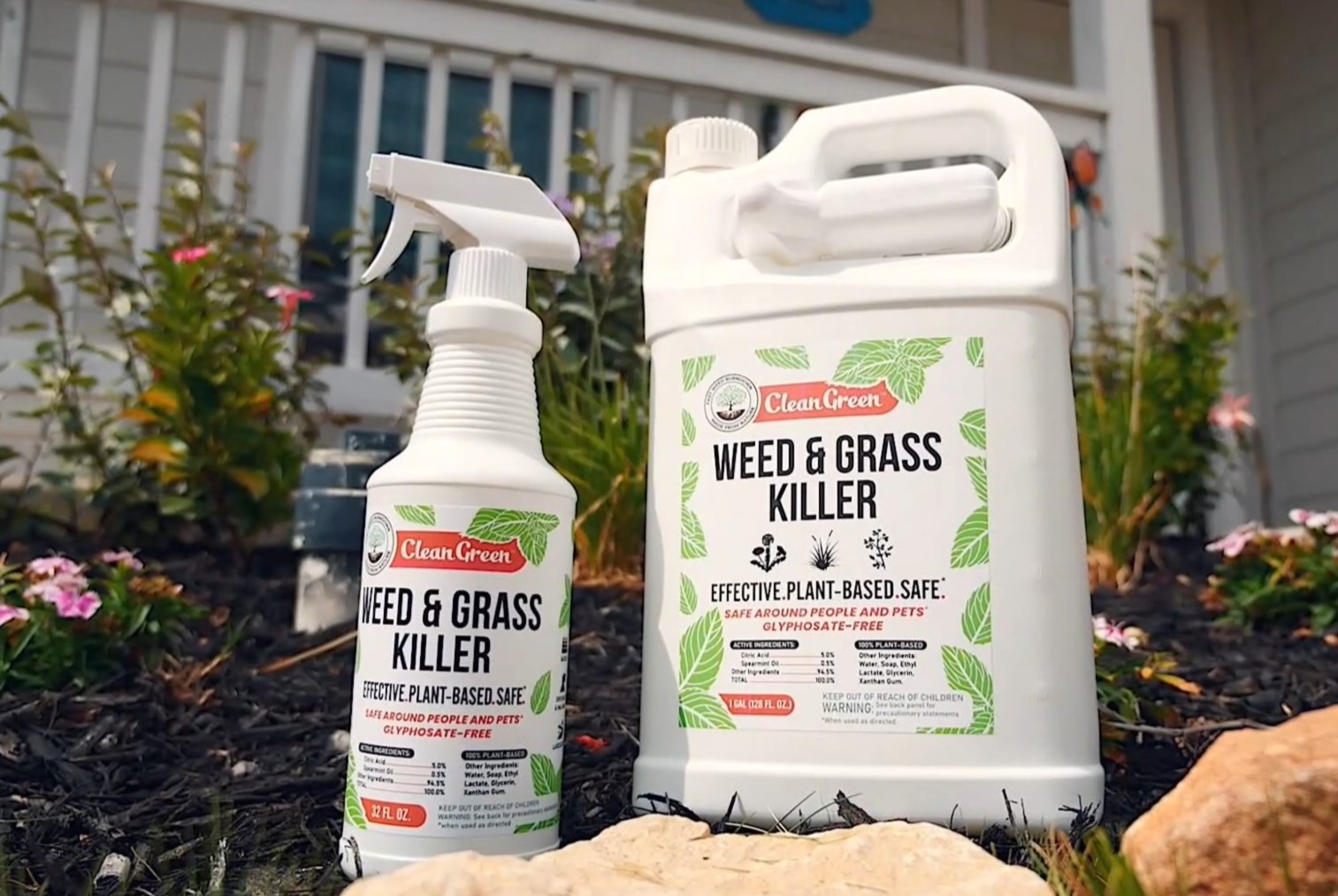

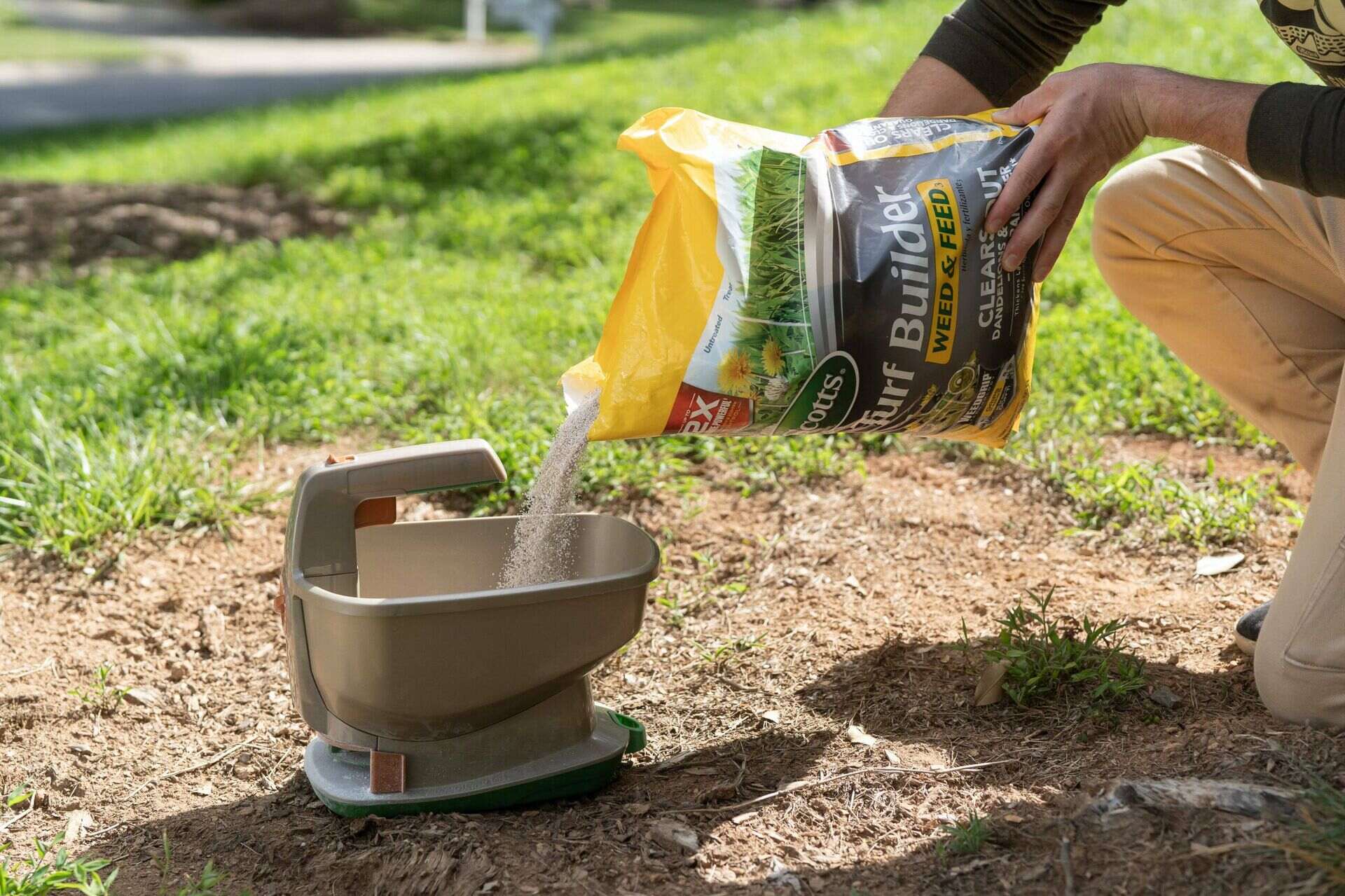
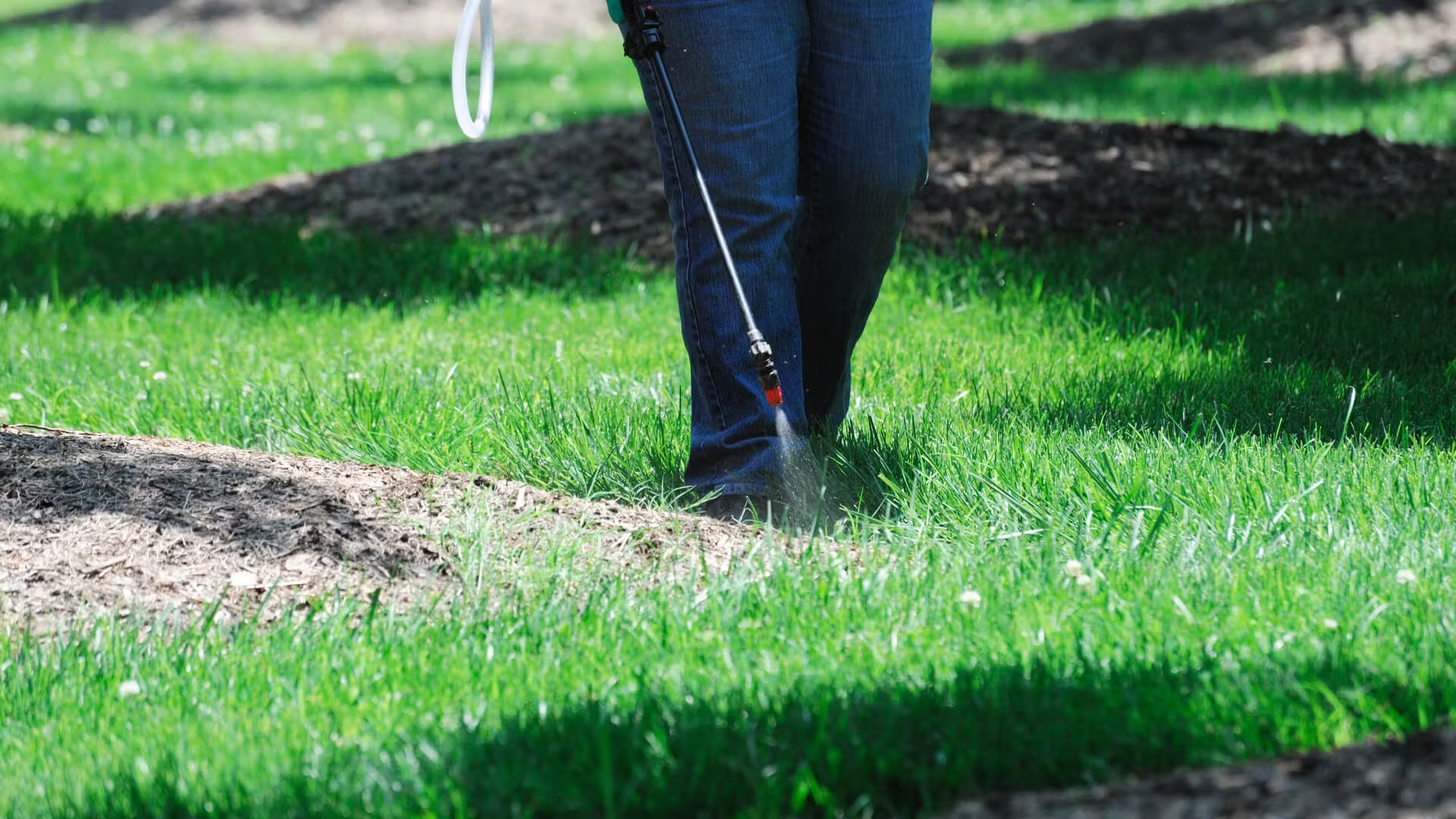


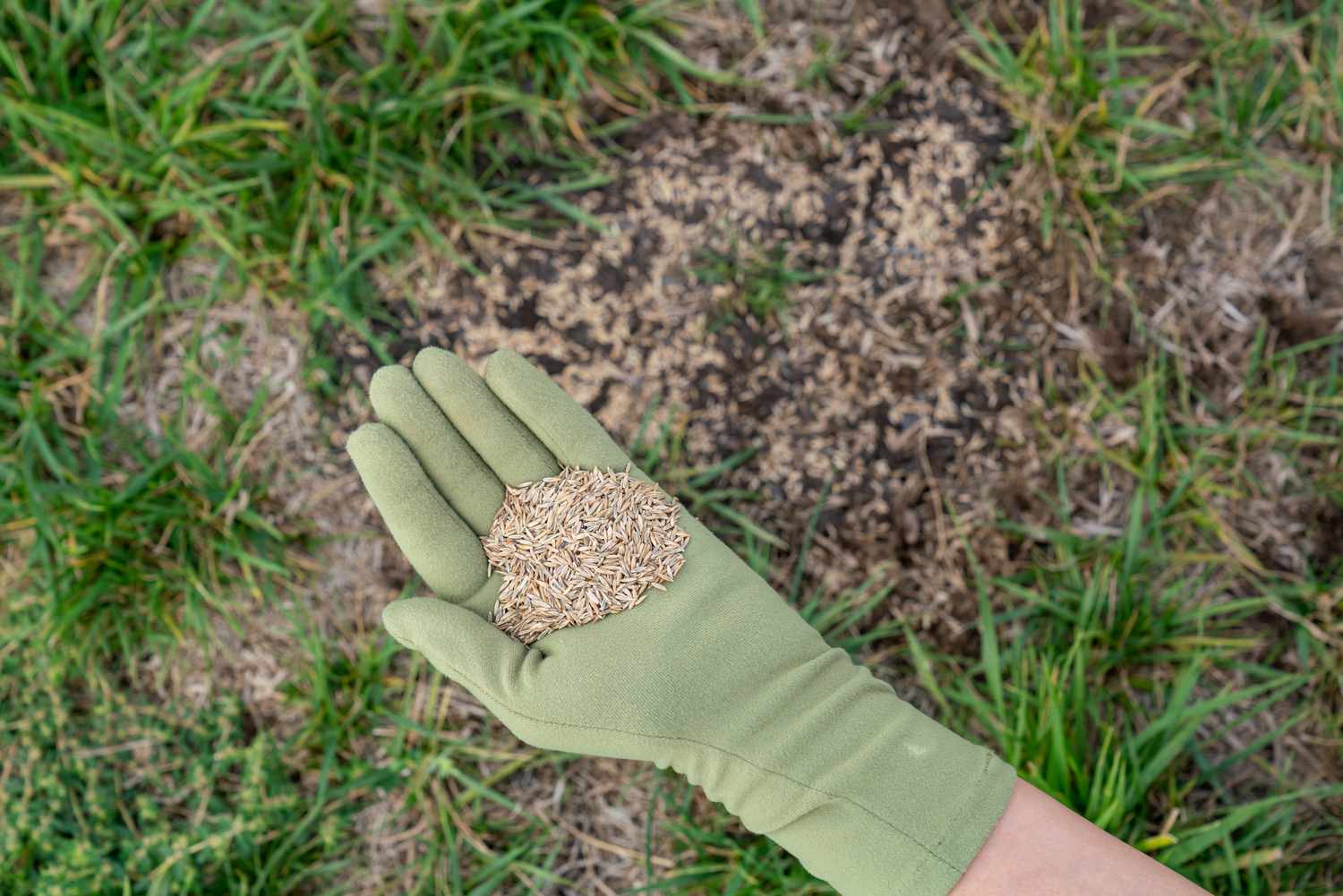

0 thoughts on “When To Apply Grass Killer”